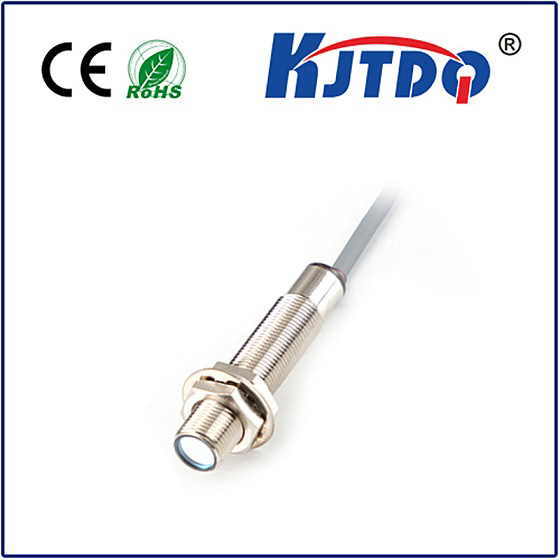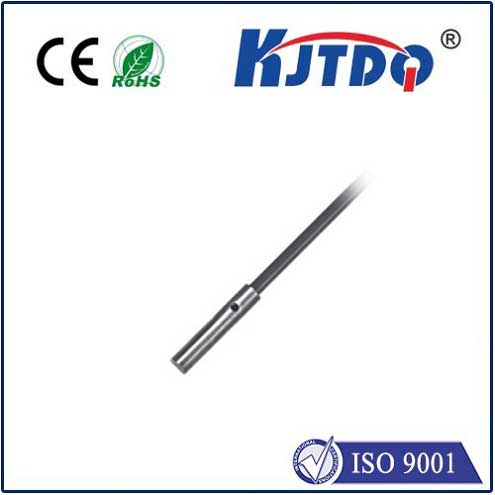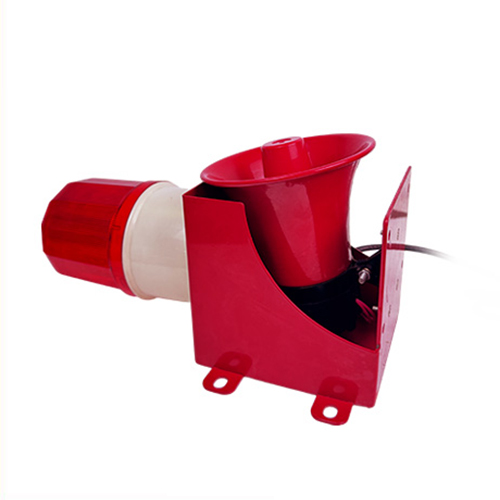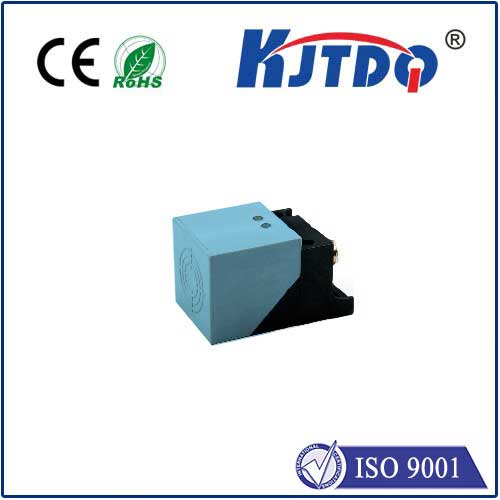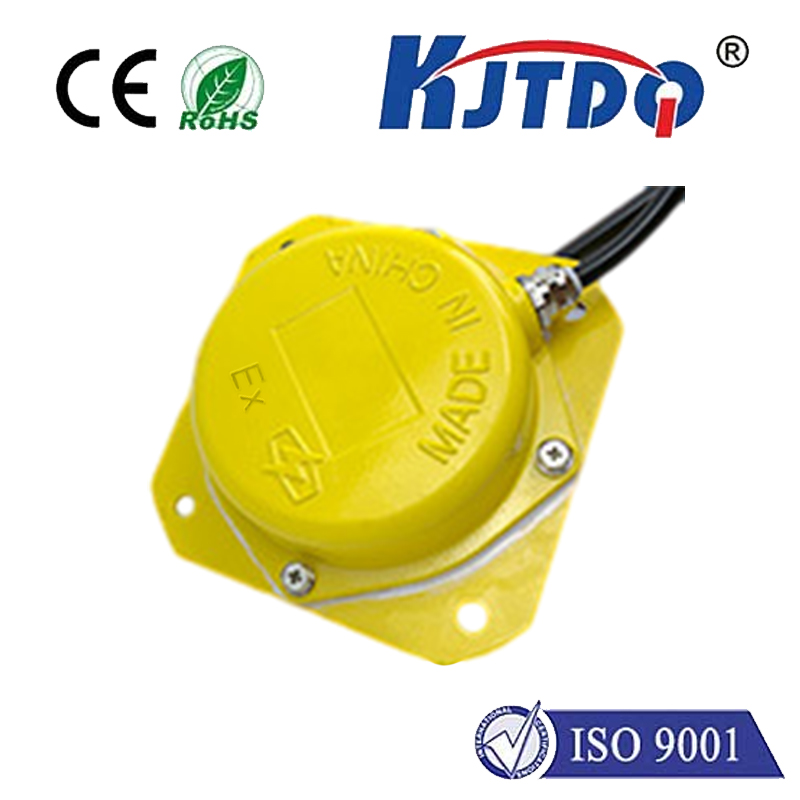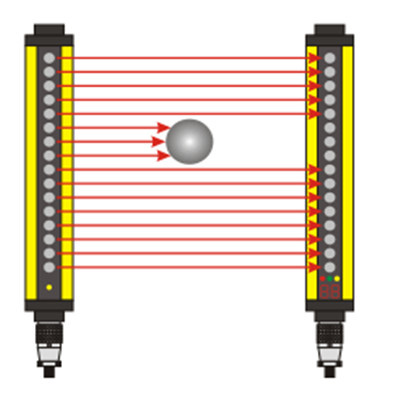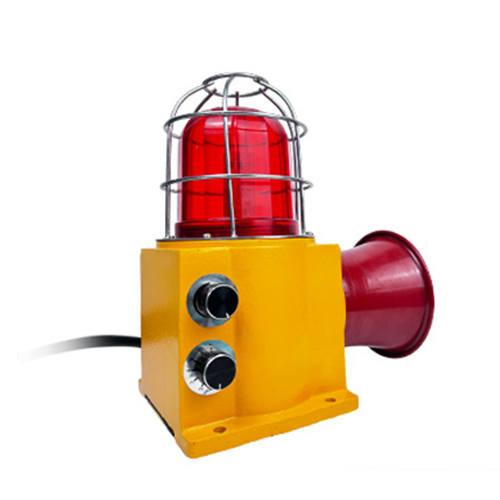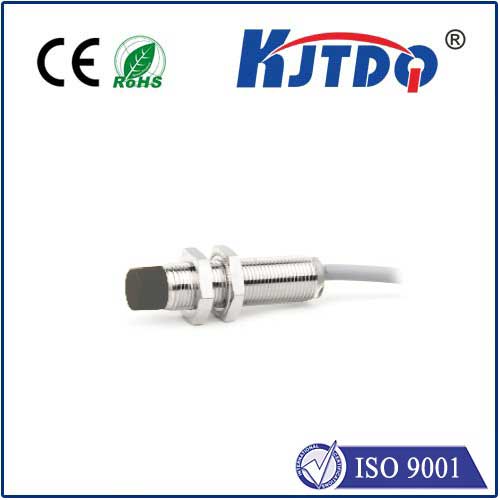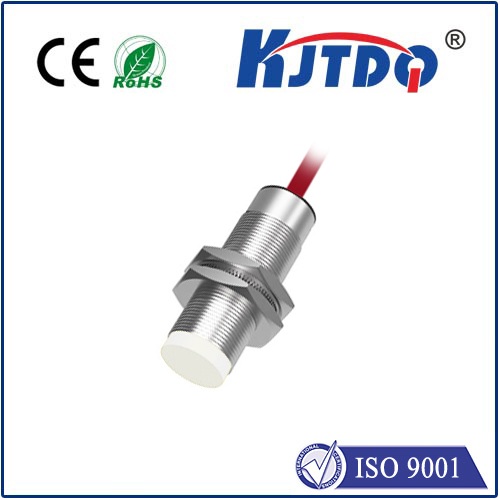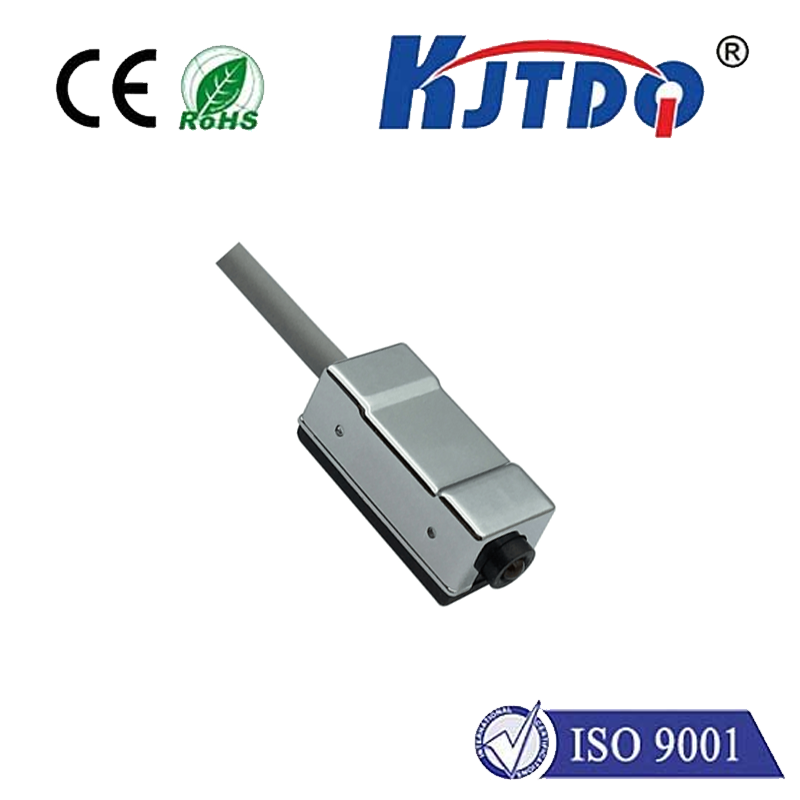

check

check

check

check

check

check

check

check

check

check
All Type Limit Switch: The Versatile Solution for Machinery Control
The world of machinery control is vast and complex, requiring precise mechanisms to regulate the movements of various components. In this intricate landscape, the all-type limit switch emerges as a versatile solution that can be applied in numerous scenarios. This article delves into the functionality and benefits of utilizing an all-type limit switch for machinery control.
Understanding the All-Type Limit Switch
An all-type limit switch is a device used to detect the presence or absence of an object within its sensing range. It works by sending a signal to a control system when an object reaches a predefined position or travels beyond certain limits. These switches can be tailored to work with a variety of machinery, making them highly adaptable for different industrial applications.
Key Features of All-Type Limit Switches
The effectiveness of an all-type limit switch comes from several key features:

1. Diverse Sensing Capabilities: They are designed to sense various materials, including metals, plastics, and even transparent objects. This broad detection ability makes them suitable for diverse environments.
2. Customizable Sensitivity: Users can adjust the sensitivity of these switches to match specific requirements, ensuring accurate detection without false triggers.
3. Compact Design: With their compact size, all-type limit switches can be easily integrated into tight spaces, providing unobtrusive monitoring of machine components.
4. Durability: These switches are built to withstand harsh environments, resisting dust, water, oil, and other contaminants common in industrial settings.
Applications Across Multiple Industries
The versatility of all-type limit switches allows them to be utilized in a myriad of industries, playing critical roles in processes such as:
1. Manufacturing: In assembly lines and automated machines, limit switches ensure precise positioning and prevent mechanical failures by stopping motion when objects move out of alignment.
2. Packaging: For packaging machines, these switches detect product presence and trigger mechanisms like closing or sealing operations at the right moment.
3. Construction: In heavy equipment, limit switches safeguard against damage by halting movement when cranes, elevators, or other apparatus reach their operational limits.
4. Automotive: In vehicle production, limit switches control the automation of doors, windows, and other components during the assembly process.
5. Transportation: In logistics and conveyance systems, they monitor loading and unloading operations, ensuring safety and efficiency.
Conclusion
As the backbone of machinery control, all-type limit switches provide essential functions that enhance accuracy, dependability, and flexibility across a broad spectrum of industrial sectors. Their ability to adapt to varied conditions and requirements positions them as an indispensable tool in modern manufacturing and automation. By incorporating these switches into machinery design, engineers can create systems that are safer, more efficient, and better equipped to handle the demands of today's dynamic industrial landscape.
